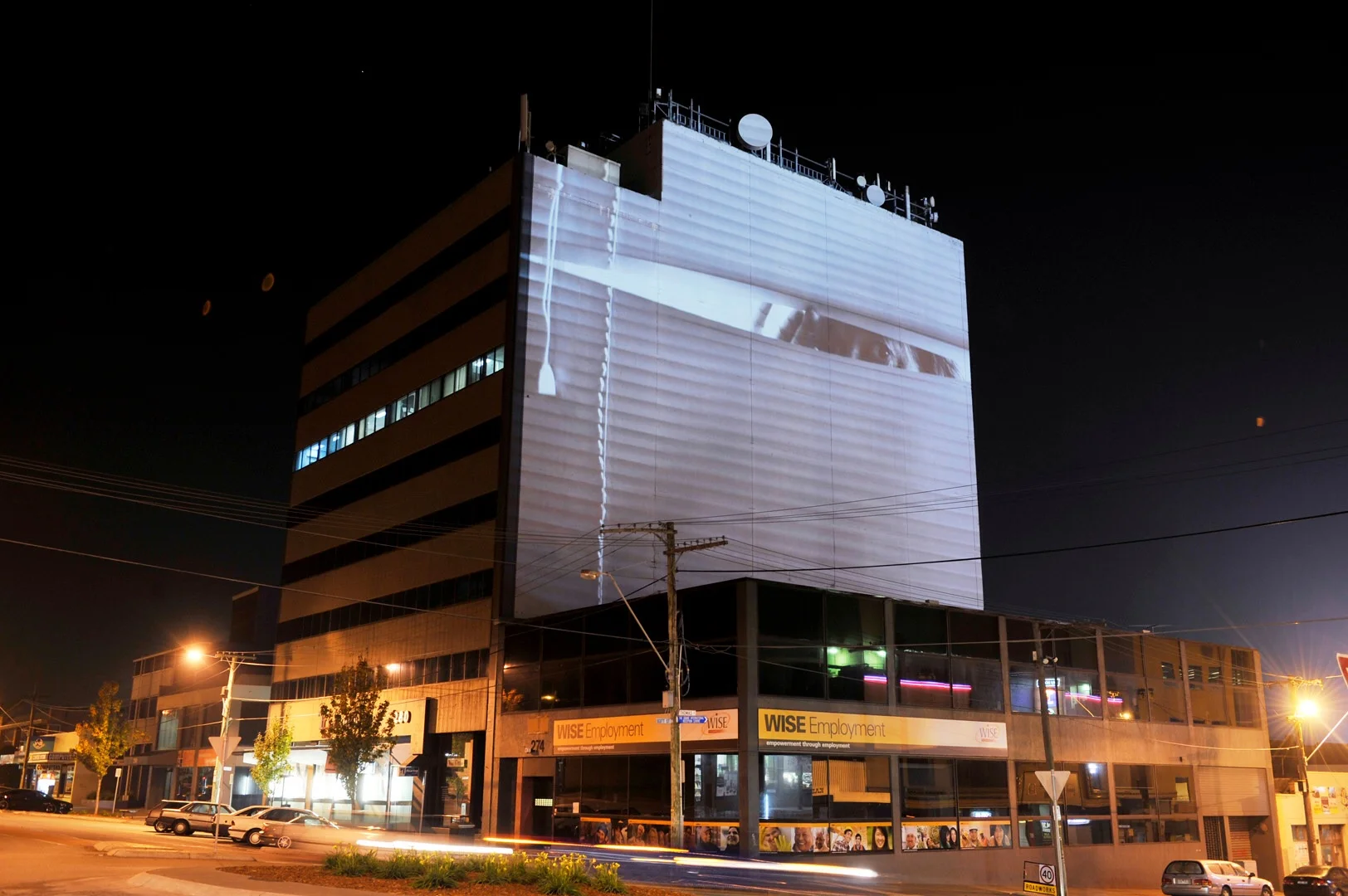Atrophy 1, 2 & 3 (rust details from ANL Wahroonga) was created as Clare steamed from Australia to China on the ANL Wahroonga container ship.
The ANL Wahroonga was an ecosystem of care where ship and crew kept each other from what the other could not survive. For the crew, this meant that the vessel kept them safe from the immensity of the sea while for the ship; this was protection from the impact of seawater. As Clare walked around the decks of the ship, she found endless evidence of this relationship. Tiny rectangles of grey, similar dimensions to the embroidery, covering a section where a crew member had angle-grinded back the rust and repainted it. At 16 years old the ANL Wahroonga was patch-worked in layers of these rectangles, both an indication of how relentless seawater can be, but also of the years of labour invested in the ship by the crew to keep it mobile.
Constructed using 21 different cotton colours, 47,520 stitches the three cross-stitches took around 500 hours of work, which Clare did both on board the ship and back in her studio in Melbourne. Consequently, in the time the work took to be created, the ANL Wahroonga had boomeranged back and forth between Australia and China three times, the crew toiling over the atrophy of the vessel the whole time. In labouring over a section of rust for so long, and with such attention to detail, the cross-stitches paid tribute to the symbiotic relationship between man, machine, time and the elements – a creation of decay that in its formation froze the atrophy of a small section of the ship indefinitely.
Atrophy 1, 2 & 3 was exhibited as part of The Place Between at the Mission to Seafarers, Melbourne, 2018. It was shortlisted for the Darebin Art Prize for excellence in contemporary visual art and exhibited at the Bundoora Homestead, Melbourne, 2019. It was also shortlisted for the Victorian Mission to Seafarers Maritime Art Prize and exhibited at the Melbourne Mission to Seafarers, 2020.














































